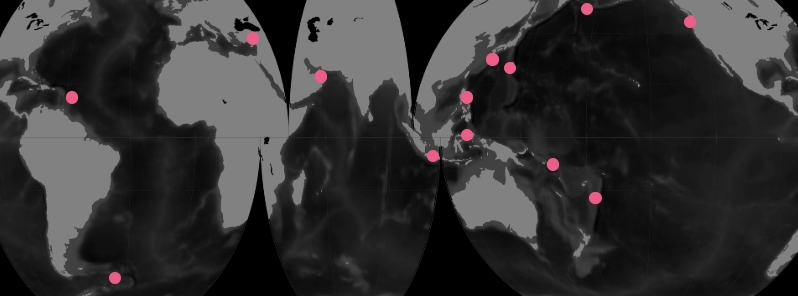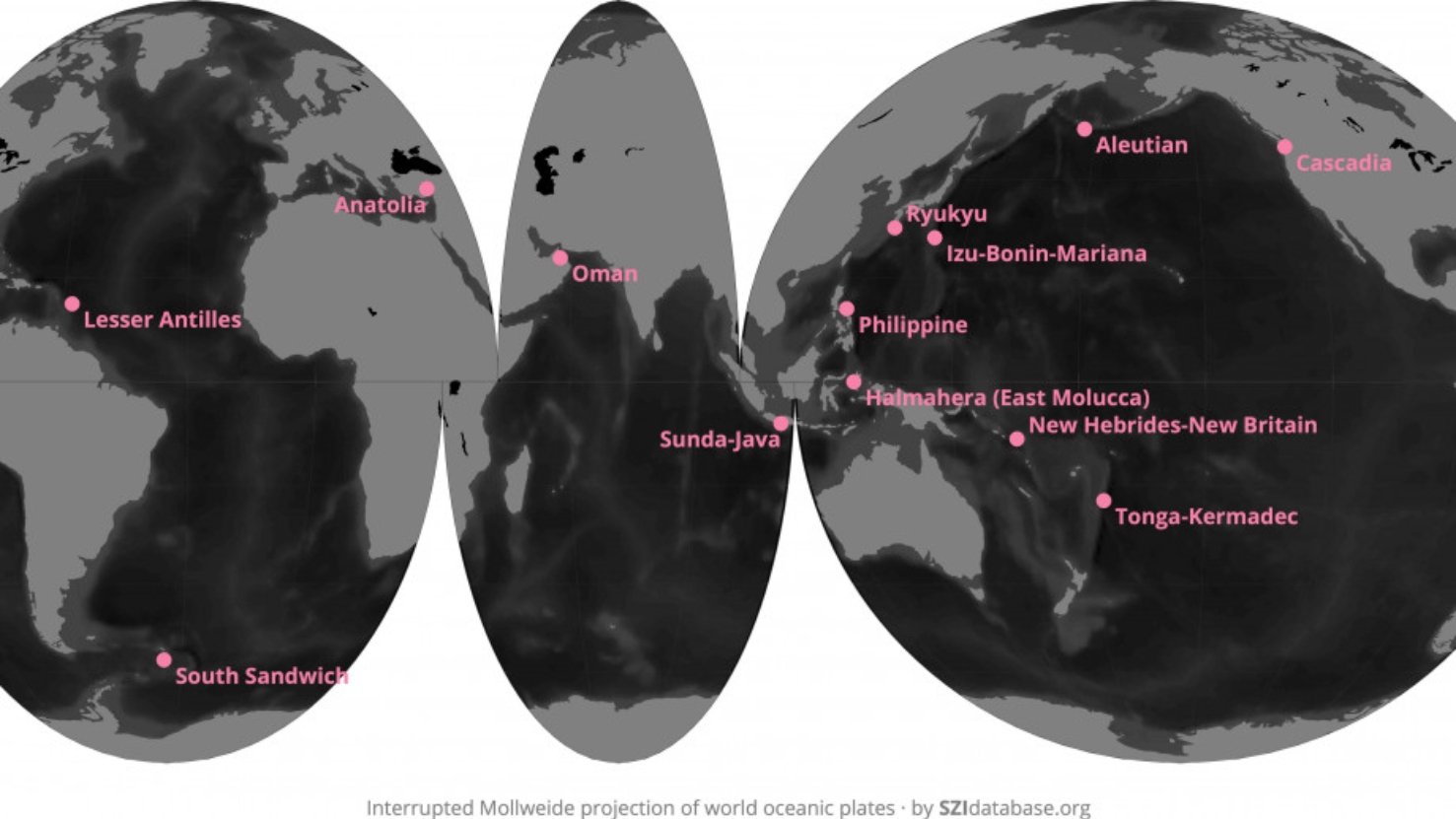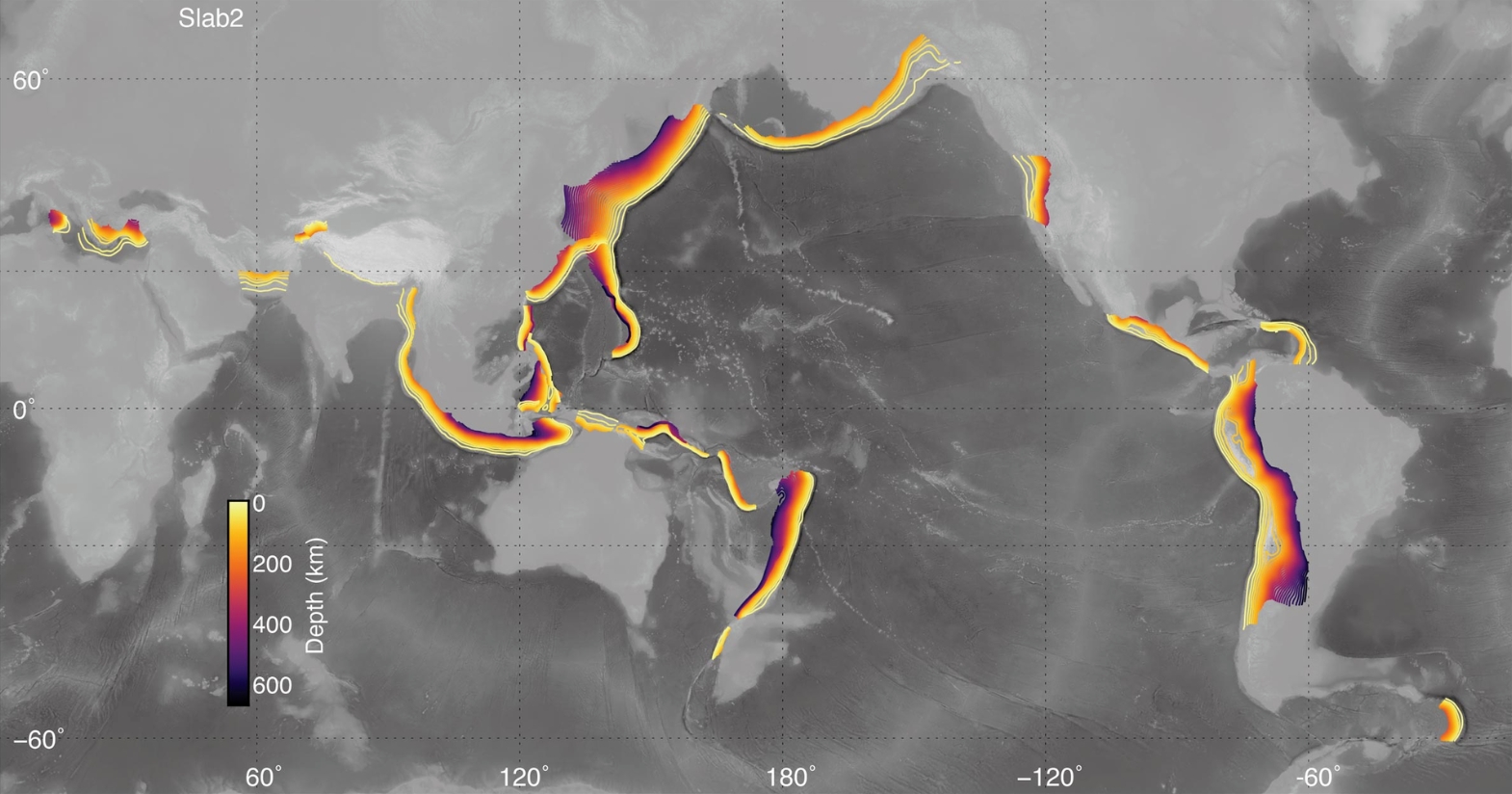Research offers new clues about where and how subduction starts on Earth

An international team of researchers published a new study providing new clues about how and where subduction begins on Earth, the process behind the deadliest volcanic eruptions.
The Earth's largest earthquakes and most explosive volcanoes occur at subduction zones where a tectonic plate sinks back into the Earth's interior, explained co-author Caroline Eakin from the Australian National University (ANU).
"Subduction zones are a vital ingredient for plate tectonics, and thus for maintaining a habitable planet." Eakin added, "But how they originate is one of the biggest unsolved puzzles in modern Earth Science."
"Now we've been able to compile 100 million years of existing evidence for Subduction Zone Initiation (SZI). One of the biggest things this showed was that subduction breeds subduction. Truly spontaneous subduction in "pristine" places is practically unheard of."
The study– led by the Centre for Earth Evolution and Dynamics at the University of Olso– was taken by a team of 14 researchers around the world.
The findings led to a new database on Subduction Zone Initiation, which is open for community input.
"By looking at multiple events, we found SZI clustering around two time periods– six to 16 million years ago and 40 to 55 million years ago," said Eakin.
"Going forward, ANU researchers will also be deploying ocean-bottom seismometers around Macquarie Island, a location chosen due to its potential for future Subduction Zone Initiation."

Image credit: ANU

Global map of subduction zones. Image credit: USGS
Reference
"A transdisciplinary and community-driven database to unravel subduction zone initiation" – Crameri, F. et al. – Nature Communications – DOI: 10.1038/s41467-020-17522-9
Abstract
Subduction zones are pivotal for the recycling of Earth’s outer layer into its interior. However, the conditions under which new subduction zones initiate are enigmatic. Here, we constructed a transdisciplinary database featuring detailed analysis of more than a dozen documented subduction zone initiation events from the last hundred million years. Our initial findings reveal that horizontally forced subduction zone initiation is dominant over the last 100 Ma, and that most initiation events are proximal to pre-existing subduction zones. The SZI Database is expandable to facilitate access to the most current understanding of subduction zone initiation as research progresses, providing a community platform that establishes a common language to sharpen discussion across the Earth Science community.
Featured image credit: szidatabase.org

Commenting rules and guidelines
We value the thoughts and opinions of our readers and welcome healthy discussions on our website. In order to maintain a respectful and positive community, we ask that all commenters follow these rules.